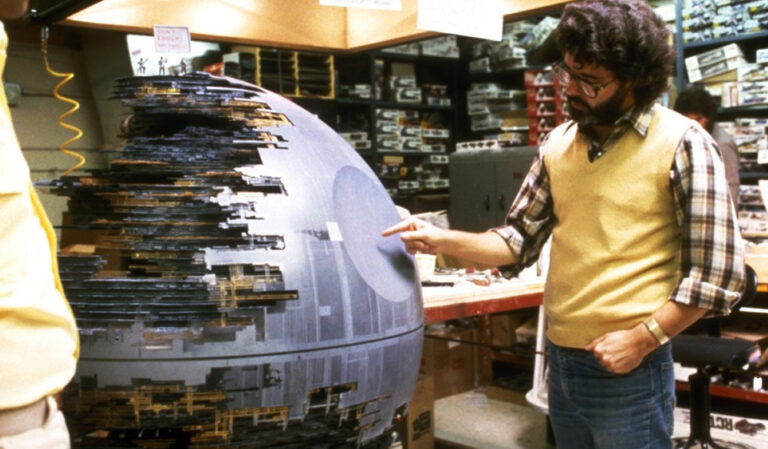
Hollywood may be the most famous movie industry in the world—but it’s far from the only one shaping the global cinematic landscape. In recent years, international cinema has not only gained more attention but has directly influenced how Hollywood tells its stories.
From South Korean thrillers to French dramas and Indian epics, global film movements have inspired American directors, changed audience expectations, and even redefined genres.
Hollywood isn’t just exporting films anymore—it’s importing ideas.
A Two-Way Street of Inspiration
Remakes, reboots, and adaptations
Hollywood has long borrowed from world cinema:
- The Departed (2006) was adapted from Hong Kong’s Infernal Affairs
- The Ring came from Japan’s Ringu
- Let Me In was based on Sweden’s Let the Right One In
- Oldboy was remade (controversially) from Park Chan-wook’s Korean classic
These films proved that great storytelling transcends language—and can be reimagined with cultural nuance.
The Rise of the Korean Wave (Hallyu)
Global breakout
South Korea’s creative dominance goes beyond music and TV—its cinema is reshaping genre conventions.
- Parasite (Bong Joon-ho) became the first non-English-language film to win Best Picture at the Oscars
- Train to Busan reinvented the zombie movie
- Burning merged mystery, class tension, and surrealism
Korean films mix horror, comedy, drama, and social critique in bold, unpredictable ways—a style increasingly mirrored in Western storytelling.
Streaming Made Global Films Accessible
Platforms like Netflix, MUBI, and Prime Video have made subtitled and dubbed content more available than ever before.
What changed:
- Audiences became more open to subtitles
- Recommendation algorithms pushed global titles
- Word-of-mouth turned films like Roma and RRR into cultural moments
Hollywood studios took note: diversity sells, and audiences crave fresh perspectives.
Directors Who Grew Up on World Cinema
Many of today’s top filmmakers were shaped by international film:
- Quentin Tarantino cites Hong Kong action and Italian giallo films
- Christopher Nolan draws from Tarkovsky and Kurosawa
- Martin Scorsese has championed Iranian and Indian filmmakers for decades
- Greta Gerwig’s visual language echoes French New Wave aesthetics
These directors didn’t just watch Hollywood—they studied the world.
Cross-Cultural Collaborations
Hollywood is no longer a closed club. Increasingly, American productions:
- Hire international cinematographers and composers
- Feature multi-language casts
- Co-produce with foreign studios
Examples:
- Dune (Villeneuve) used global talent from Iceland to the Middle East
- Everything Everywhere All At Once blends Eastern philosophies with Western absurdism
- Slumdog Millionaire (British-Indian-American) combined Bollywood energy with Hollywood pacing
This fusion leads to more dynamic, globally resonant stories.
Genres Reinvented by Global Influence
Horror
Asian horror introduced subtlety, slow tension, and psychological dread.
Films like The Grudge, Dark Water, and Audition inspired a generation of American filmmakers to move beyond gore and jump scares.
Action
Hollywood blockbusters now borrow heavily from:
- Hong Kong’s martial arts choreography (thanks to Jackie Chan and John Woo)
- Indonesian stunt coordination (The Raid)
- Bollywood’s larger-than-life visual style (Pathaan)
This led to franchises like John Wick, which blend high style with global fight sensibilities.
Drama
European and Latin American cinema often embraces ambiguity and emotional nuance.
Hollywood dramas today show more restraint and realism, reflecting these influences.
Cultural Exchange, Not Cultural Appropriation
There’s a growing awareness around doing it right.
Instead of just “borrowing” aesthetics or plots, studios are:
- Hiring original creators as consultants or producers
- Giving credit and visibility to source material
- Celebrating—not flattening—cultural specificity
The success of international creators in Hollywood signals a shift toward authentic collaboration.
Audiences Have Changed, Too
Modern viewers:
- Don’t mind subtitles
- Want representation
- Embrace non-linear, unconventional storytelling
- Crave emotional depth and cultural richness
As the world becomes more connected, so does its taste in film.
Final Thoughts
Hollywood was once seen as the center of film. Today, it’s one voice among many in a global conversation.
International cinema has challenged, inspired, and transformed what mainstream audiences expect from movies. And in doing so, it has made cinema more exciting, inclusive, and powerful than ever before.
The future of film? It’s multilingual, multicolored, and undeniably global.





